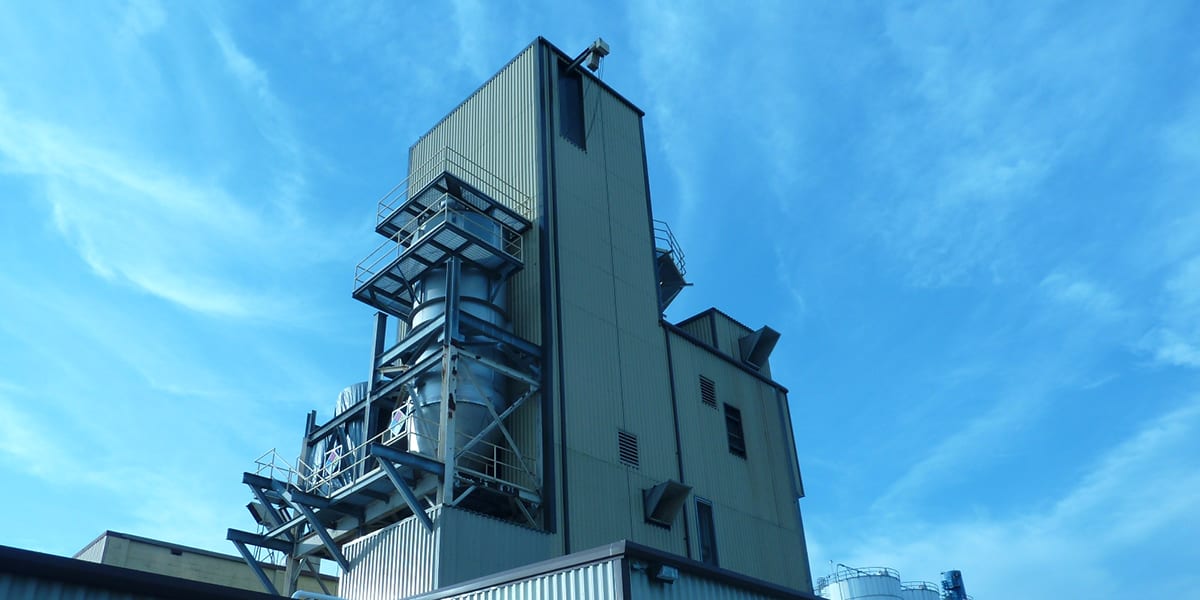The Spray Drying Process and How It’s Used in Agriculture
It might surprise you to learn that the spray drying process using significant technological advances actually dates back to World War II. As far back as 1872, Samuel Percy invented and patented the original idea of “Improvement in Drying and Concentrating Liquid Substances by Atomizing.”
It took some 50 years to put the idea into practice, where it was then used for dried milk for the troops during WWII. Now, you can find the process used on powdered soaps and detergents, powdered milk, instant coffee, corn starch, fertilizer production, and more.
So what is the spray drying process, and what are the benefits of using this process? Read on to learn more about the spray drying process.
What Is Spray Drying?
Spray drying is a process where concentrated fluid material gets put through a transformative process turning the liquid into dried particles.
During the spray drying process, a gaseous hot drying medium helps remove the liquid component of the material you start with and turn it into dried particles. This atomization process creates free-flowing solid particles or powder substances.
What Is the Spray Drying Process?
Let’s take a simple look at the steps involved in the spray drying process. For this example, let’s assume this is food for animals in farming.
First, the initial liquid substance needs to be prepared. Often this is a concentrated version of the material being used. The liquid (animal feed) pumped through the spray dryer atomizer.
Then liquid goes through the dryer chamber, where the atomization occurs. This process involves drying the droplets that are put in the chamber using a heated air stream.
Once the liquid is removed from the particles, the material left is the feed material’s dried particles.
What Are the Benefits of Using the Spray Drying Process?
There are a variety of benefits to using the heat drying process for food and agriculture.
The process creates a product that has relatively uniform-sized particles giving a consistent product throughout the run. Keeping the product in a dried form also reduces it’s weight substantially meaning reduced shipping costs overall. It is also effective at encapsulation and can produce free-flowing powder as a result, which increases the shelf life of the product.
Equipment for Spray Drying
Many in the food industry and agriculture field contract out their spray drying process. This allows the process to be done in large quantities and with mass production, which is often necessary for the end product’s needed quantities.
However, if you were to go through the steps yourself, you will need some equipment. Here is some of the necessary equipment needed:
- Air filter
- Intake blower
- Heat source
- Feed source
- Feed pump
- Atomizer
- Drying chamber
- Cyclone separator
- Scrubber
While the process is happening, you will also need an exhaust blower running.
Understanding the Spray Drying Process
This process has revolutionized agriculture and food production to create a dried form of the finished product.
If you want more information on the process and what services we offer, contact us today.

